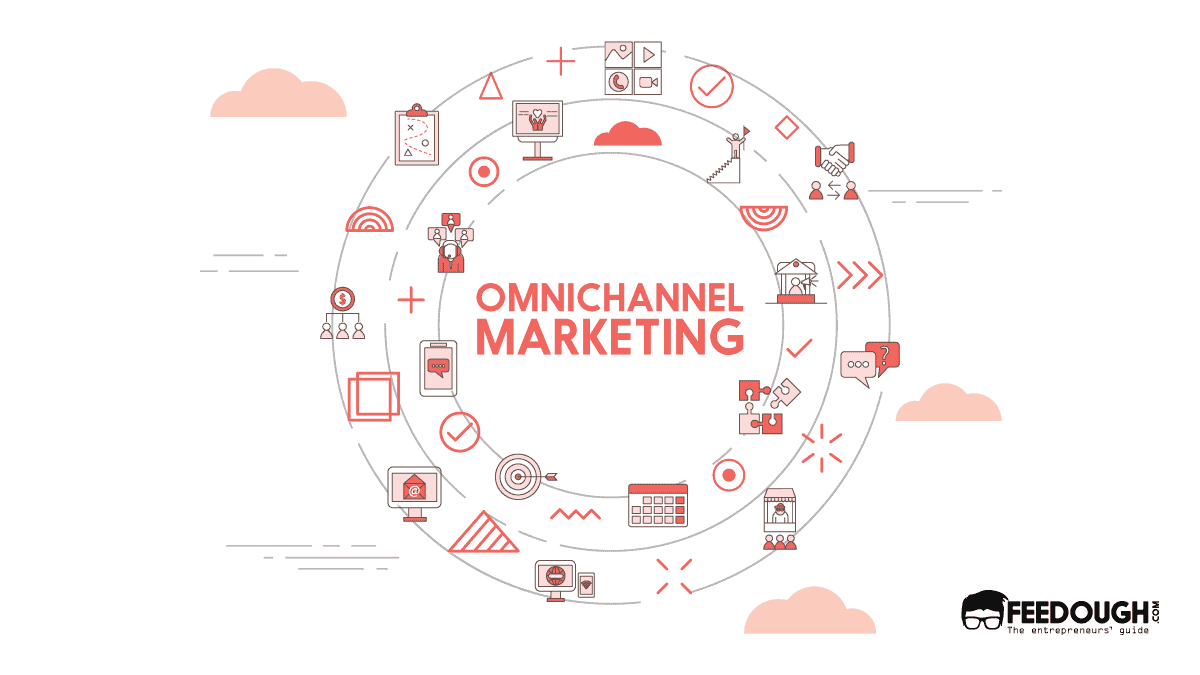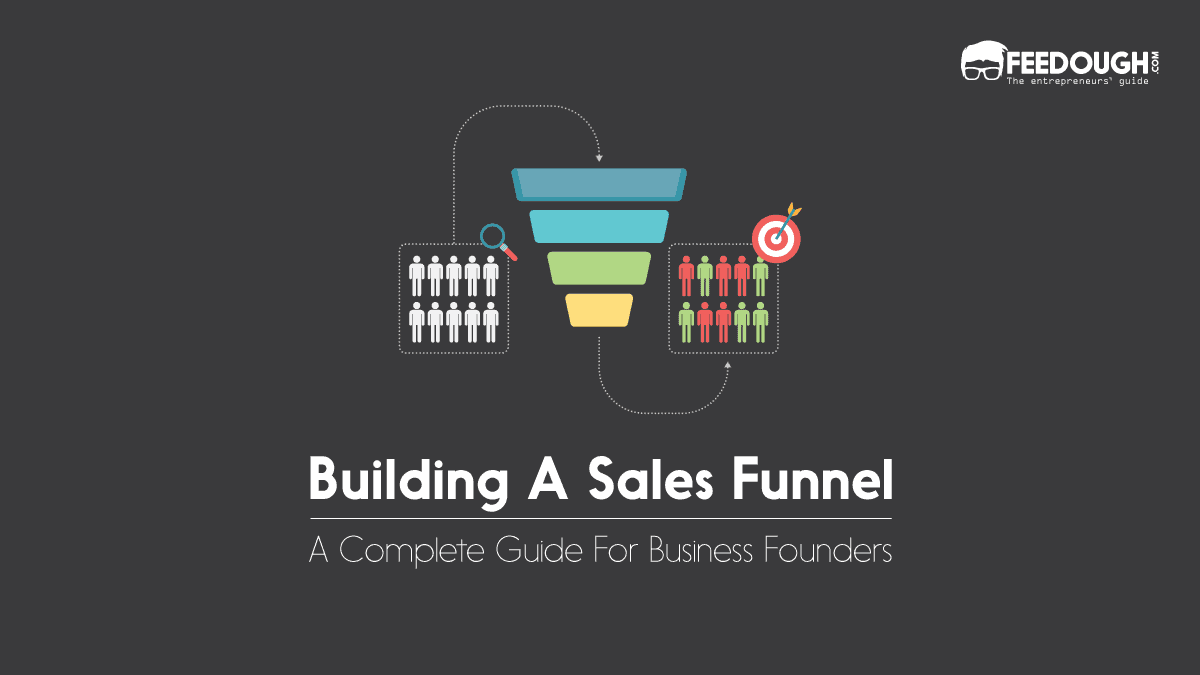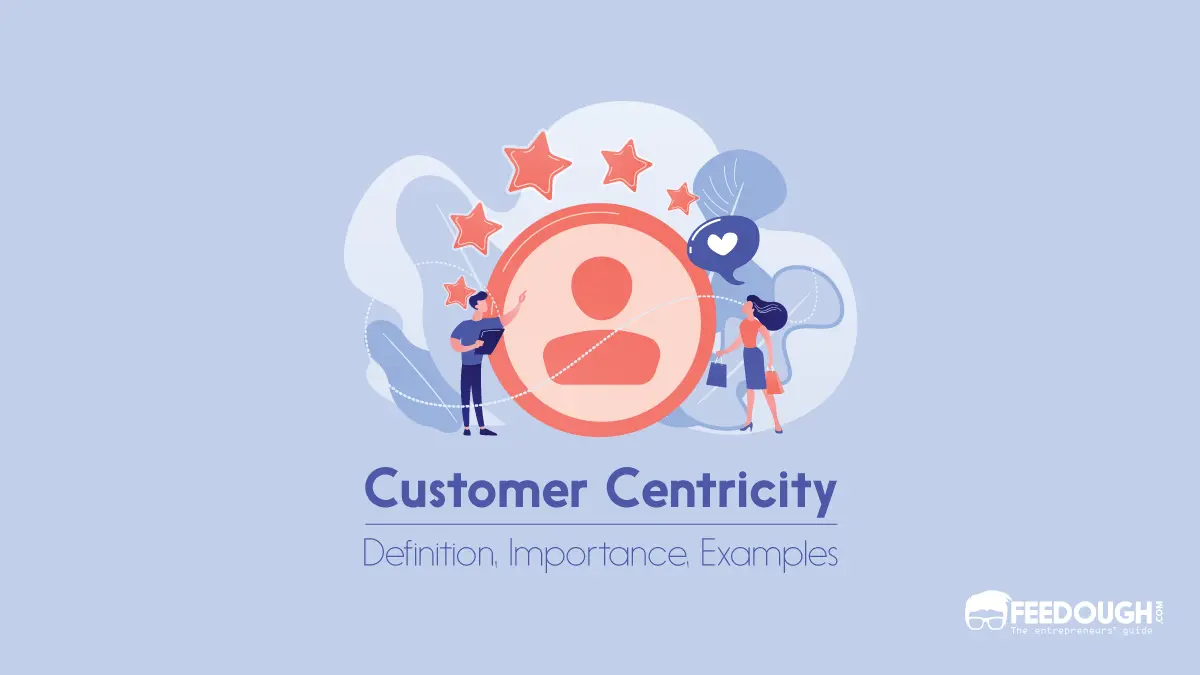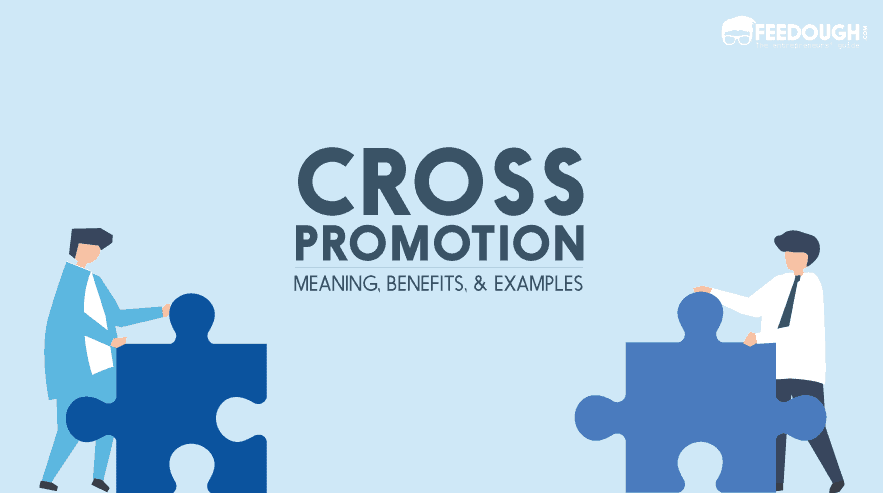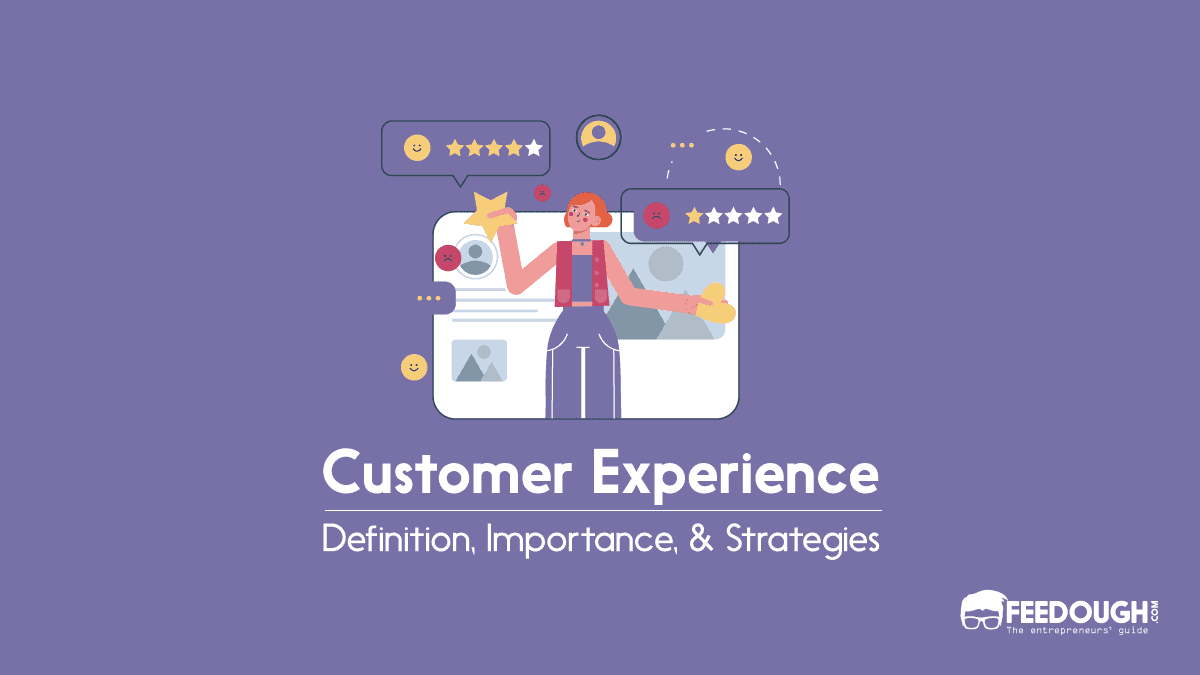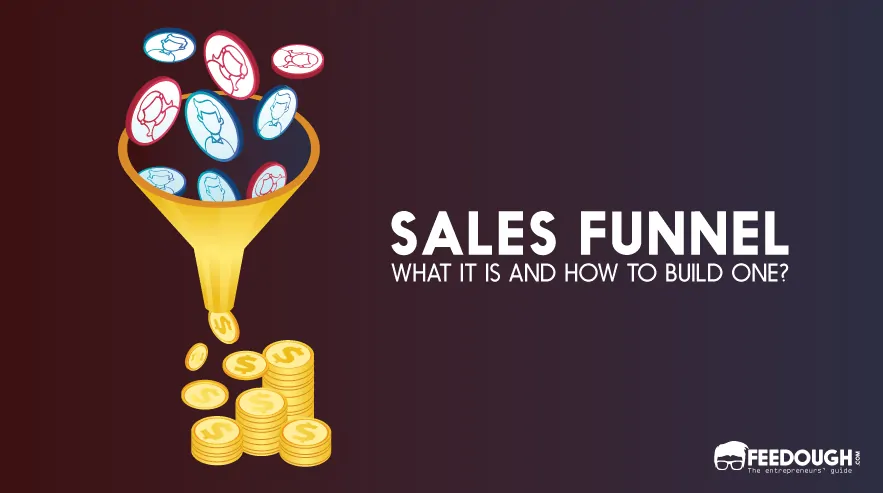Customer takes a journey from the moment they first become aware of the business to when they make a purchase or customer service call and beyond. This customer journey is made up of customer journey touchpoints – any point of contact between the business and the customer.
These touchpoints are essential not just for them but also for the business to stand out in the customer’s mind.
But for starters, what are customer journey touchpoints, and what do they include?
What Are Customer Journey Touchpoints?
Customer journey touchpoints are any points of customer contact with the brand, from the customer’s initial awareness of the business to their customer service experiences and beyond.
In simple terms, these touchpoints are wherever customers and the business interact throughout the customer journey.
For example, customer A could get to know a business through a social media post, leading them to search for more information on the website and eventually purchase something from the business. Similarly, customer B may go directly to the business’s website and purchase something just because their friend recommended it.
All of these customer interactions are customer journey touchpoints and are important for understanding customer behaviour and preferences.
Importance Of Customer Journey Touchpoints
Customer journey touchpoints decide the flow of customers’ journeys, which, in turn, influence their buying decision.
For example, a customer may end their journey at the website if the customer service experience is slow or unreliable. Similarly, a customer may even ditch a competitor’s product if the customer service experience is satisfactory.
Besides this, mapping and optimising customer journey touchpoints is also imperative to:
- Make the most of customer relationships: By identifying pain points and areas of friction, a business can improve customer relationships and ensure customer loyalty.
- Reduce customer acquisition costs: When the business knows the channels customers respond to most, it can accurately target customer acquisition channels and reduce customer acquisition costs.
- Increase customer lifetime value: Positive customer experiences can increase customer lifetime value and customer satisfaction.
- Increase revenue: Highly optimised and inter-connected touchpoints work together to create a holistic customer experience, which leads to customer loyalty and increased customer spending.
The Types Of Customer Journey Touchpoints
Generally, customer journey touchpoints are classified into three categories: pre-purchase, purchase, and post-purchase touchpoints.
Pre-Purchase Customer Journey Touchpoints
The funnel stages where the customer is introduced to the brand, researches and evaluates solutions and even considers customer reviews, are all examples of pre-purchase touchpoints.
Some examples of pre-purchase customer journey touchpoints include:
- Advertising
- Word-of-Mouth Marketing
- Social Media
- Email Marketing
- Sales representatives
For example, a journey may start with an advertisement on Facebook, then a customer may research the product on their own or get more information through word-of-mouth marketing. Then they may return to the website and consider customer reviews before making a purchase decision.
Purchase Customer Journey Touchpoints
These touchpoints play out when customers interact with a brand during purchase. They include touchpoints that facilitate:
- The purchase transaction: like the website, customer service chatbots, mobile application, CTAs, sales representatives, checkout options, etc.
- Payment processing: POS, checkout page, etc.
- Upselling & cross-selling: related product placement, bundling, customer service recommendations, etc.
- Shipping and delivery: customer service tracking, delivery notifications, customer preference options, etc.
- Support during purchase: customer service options, chatbots, live customer chats, etc.
Post-purchase Customer Journey Touchpoints
Post-purchase touchpoints come into play after the customer has purchased the offering. They aim to retain customers, build customer loyalty, and drive customer advocacy.
Examples of post-purchase touchpoints include:
- Customer loyalty programs
- After-sale service
- Customer surveys
- Product registration and warranty programs
- Online customer communities
- Content marketing and customer education materials
What Is Customer Journey Mapping?
Customer journey mapping refers to creating a customer journey map, which identifies customer touchpoints on their customer journey.
It helps to clearly understand customer behaviour, preferences, and needs. With customer journey mapping, businesses can analyse customer feedback and identify areas where customer experience could be improved across different customer touchpoints.
For example –
- In the awareness stage, the company may find in its analytics that most of the customers come from search engines so it can focus on content marketing and customer education materials to increase customer acquisition using both informative and commercial intent keywords.
- In the consideration stage, the customer feedback may suggest that customers are unsure about pricing or product features, so updating the pricing page with a video explanation and a better landing page can help improve conversions.
- In the conversion stage, the company may see that there’s a churn due to the slow checkout process. So it can change opt for Paypal or Stripe for faster checkout.
- At the post-purchase stage, a lack of customer support and customer service can be a major customer churn factor. So the company can go for email ticketing systems like Help Scout to track customer issues and prioritise customer support.
Optimising Customer Journey Touchpoints
A crucial aspect of managing customer journey touchpoints is analysing their performance and continuously optimising them for better customer experiences.
Companies usually do this by analysing KPIs like:
- Bounce rate: A customer who bounces from a touchpoint indicates that it didn’t meet the customer’s expectations.
- Net Promoter Score: It refers to a customer’s willingness to recommend the product or service to friends and family. The less customer satisfaction, the lower the NPS score.
- Customer satisfaction (CSAT): It measures customer’s satisfaction with a product or service. A low CSAT score is usually an indication that customer journey touchpoints need improvement.
- Customer Retention Rate (CRR): It measures customer loyalty and their willingness to stay with the company long-term. Poor customer experience at a key touchpoint might lead to customer churning.
- Conversion rates: The metric measures a customer’s willingness to complete a business goal (e.g. buying a product or signing up for a subscription). An unoptimised customer journey can lead to low conversion rates.
- Funnel progression: This is the customer’s activity through different customer journey stages.
Once the company knows how the customer is moving through customer journey touchpoints, they can start to optimise them using techniques like:
- Personalisation: Tailoring touchpoints to each customer’s specific needs and preferences. This can include customised products, prices, customer service responses etc.
- Seamless integration across channels: Developing a holistic customer experience that seamlessly integrates all customer touchpoints, including digital and physical channels.
- Reducing friction and pain points: Removing customer experience barriers like long load times, customer service complexities and long checkout forms.
Go On, Tell Us What You Think!
Did we miss something? Come on! Tell us what you think of our article in the comments section.
A startup consultant, digital marketer, traveller, and philomath. Aashish has worked with over 20 startups and successfully helped them ideate, raise money, and succeed. When not working, he can be found hiking, camping, and stargazing.
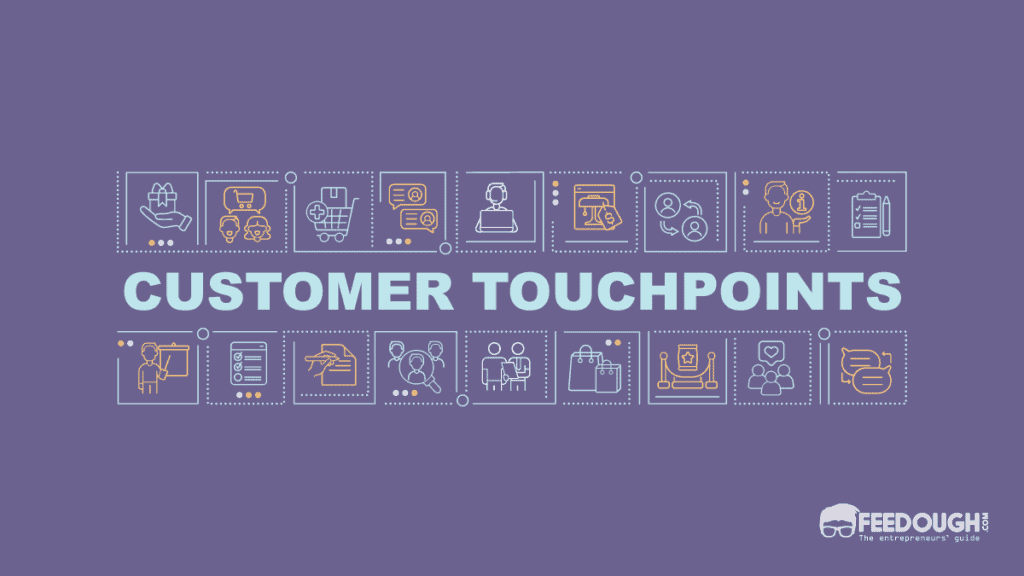
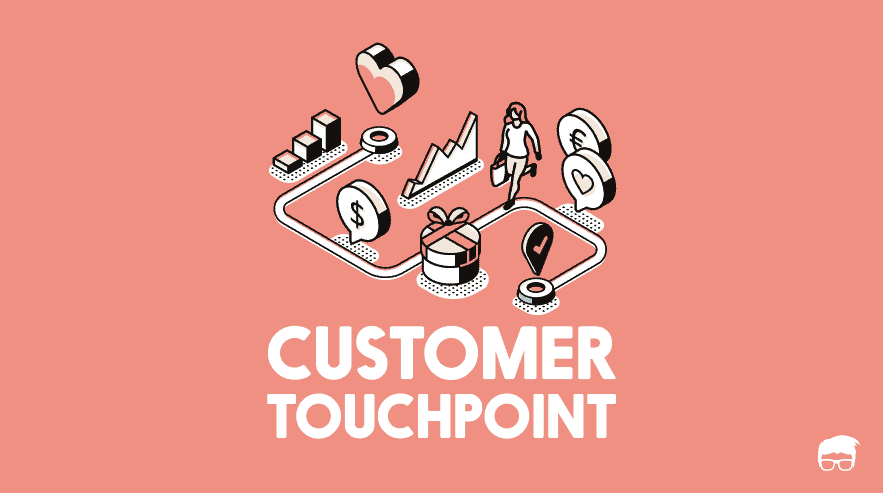
![What Is Demand Generation? [The Ultimate Guide] What Is Demand Generation?](https://www.feedough.com/wp-content/uploads/2019/05/DEMAND-GENERATION.webp)
